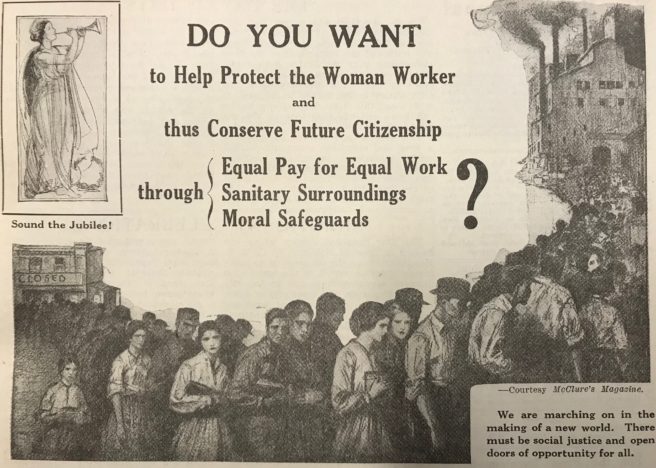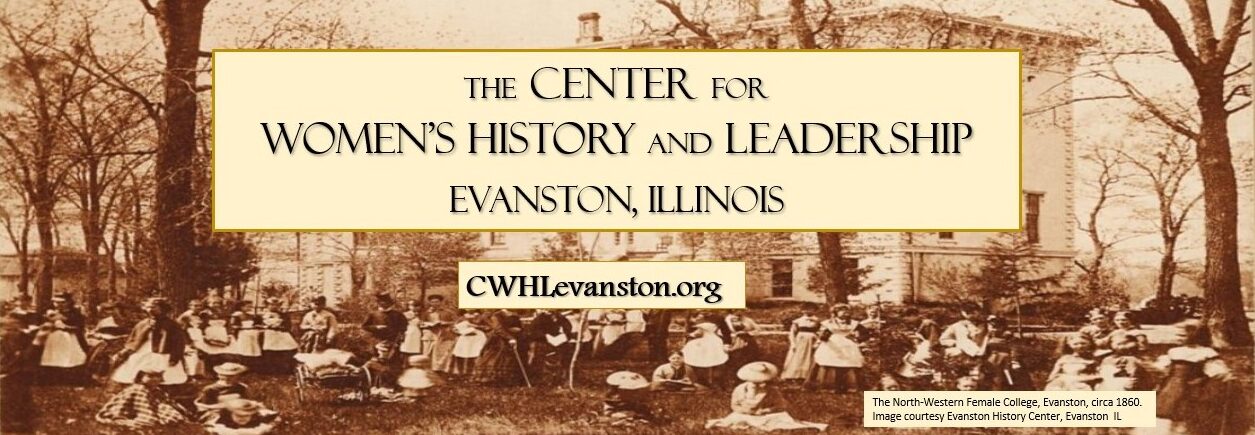This is the first in an ongoing series of posts that will highlight the work of Frances Willard and the WCTU on an issue of enduring importance today.
April 2, 2019 marked Equal Pay Day this year. Equal Pay Day is a day set aside to commemorate how long into the new year a woman must work to make as much as a man in the same job the year before. As we think about the discrimination that faces working women today it is important to understand how long this struggle has been taking place. “Equal pay for equal work,” a popular slogan for the contemporary battle for equality in the workplace, is far older than one might think. In the Woman’s Christian Temperance Union (WCTU) Archives at the Center for Women’s History and Leadership we found a number of occasions when the WCTU called for support of “equal pay for equal work.”
The earliest mention of the issue that we can find in the archives is in an 1890 edition of the Union Signal (the WCTU’s weekly newspaper). A Wyoming law passed that year called for equal pay for men and women. The note is brief but is evidence of the WCTU’s early support of this cause. Frances Willard describes the issue this way in her Annual Convention Address in 1890, “…It astounds me to hear so very much about the eight-hour husband and so very little about the sixteen-hour wife!” In the 19th century, women’s work was still seen as a secondary and often as an insignificant source of income. Husbands were meant to be the breadwinners, which allowed their wives to live “properly” at home caring for the household. However, the reality was that many families often needed the second income to survive or the mother was the only adult that was able to work. Some years later, a 1920s Union Signal advertised a call to action for equal pay for equal work as a way to protect women workers. Their argument was very similar to todays, which continues to remind employers that women are equal to men in the workforce.

If you would like to learn more about the history of “Equal pay for Equal Work” and other ways the WCTU and Frances Willard were working to address issues of inequality, visit the Frances Willard House Museum and the WCTU Archives at the Center for Women’s History and Leadership.
By Elisabeth Hagemann, FWHM Collection and Development Intern, 2018-2019
